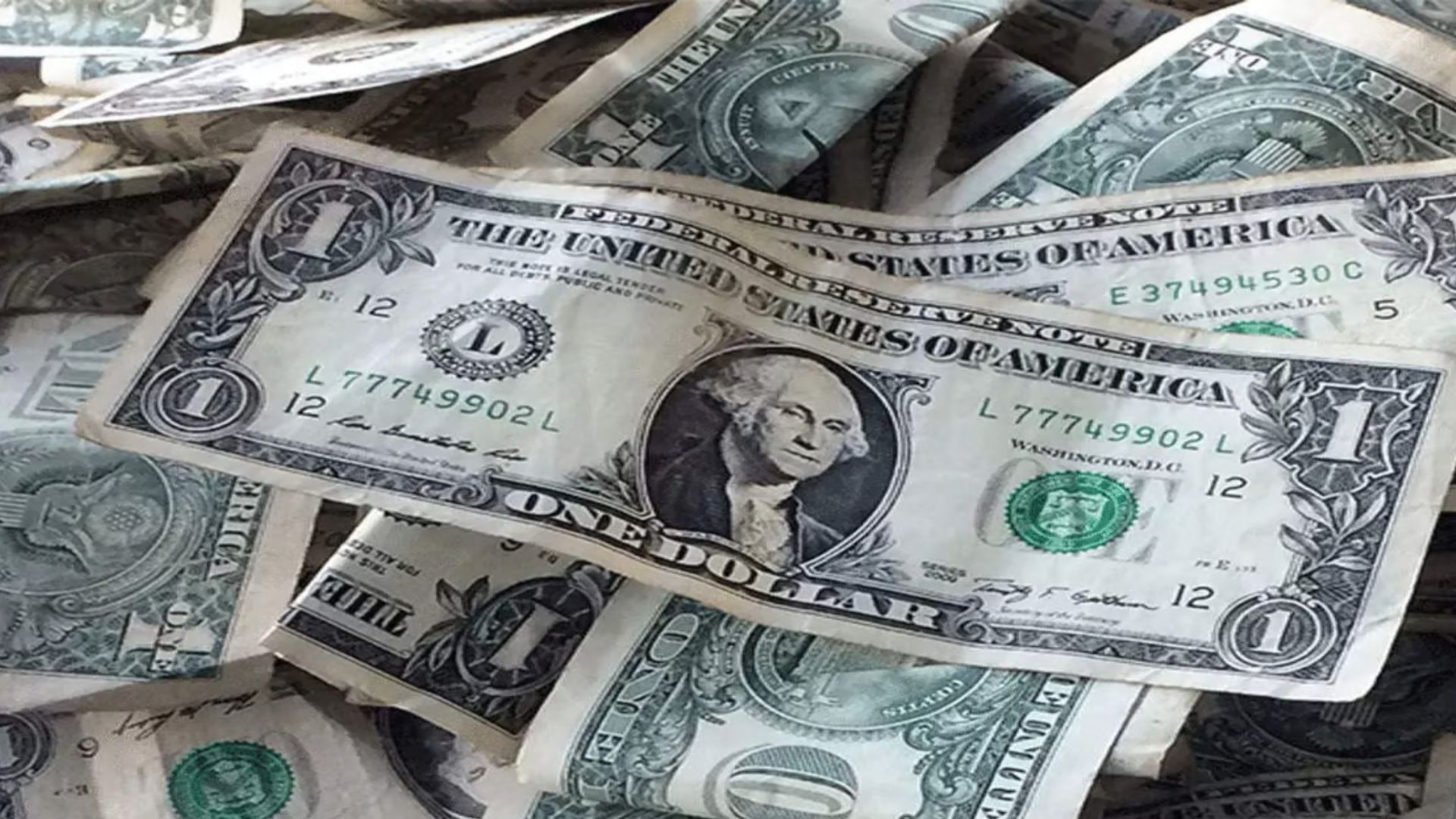According to the latest data released by the Reserve Bank of India (RBI), India’s foreign exchange reserves witnessed a decline of USD 2.795 billion, reaching USD 616.143 billion for the week ending on January 19, 2023. The central bank’s weekly statistical data revealed that during the same period, the country’s foreign currency assets (FCA), the largest component of the forex reserves, decreased by USD 2.653 billion, settling at USD 545.855 billion. Gold reserves also experienced a decline of USD 34 million, reaching USD 47.212 billion.
In the calendar year 2023, the RBI augmented its foreign exchange reserves by approximately USD 58 billion. This contrasts with the cumulative decrease of USD 71 billion in India’s forex reserves in 2022. Forex reserves, or foreign exchange reserves (FX reserves), constitute assets held by a nation’s central bank or monetary authority. Typically denominated in reserve currencies such as the US Dollar, Euro, Japanese Yen, and Pound Sterling, these reserves serve as a safeguard against external economic uncertainties.
In October 2021, India’s foreign exchange reserves achieved an all-time high of around USD 645 billion. The subsequent marginal decline in reserves, particularly in 2022, was influenced by factors such as the increased cost of imported goods. Additionally, the fluctuation in forex reserves could be linked to periodic interventions by the RBI in the market, aiming to curb the rupee’s depreciation against a strengthening US dollar.
The RBI’s interventions in the market involve liquidity management, including the sale of dollars, to prevent excessive depreciation of the rupee. The central bank, which closely monitors foreign exchange markets, engages in interventions to maintain orderly market conditions and curb excessive volatility in the exchange rate. Importantly, the RBI’s interventions are conducted without a predetermined target level or band, emphasizing the commitment to preserving market stability.























